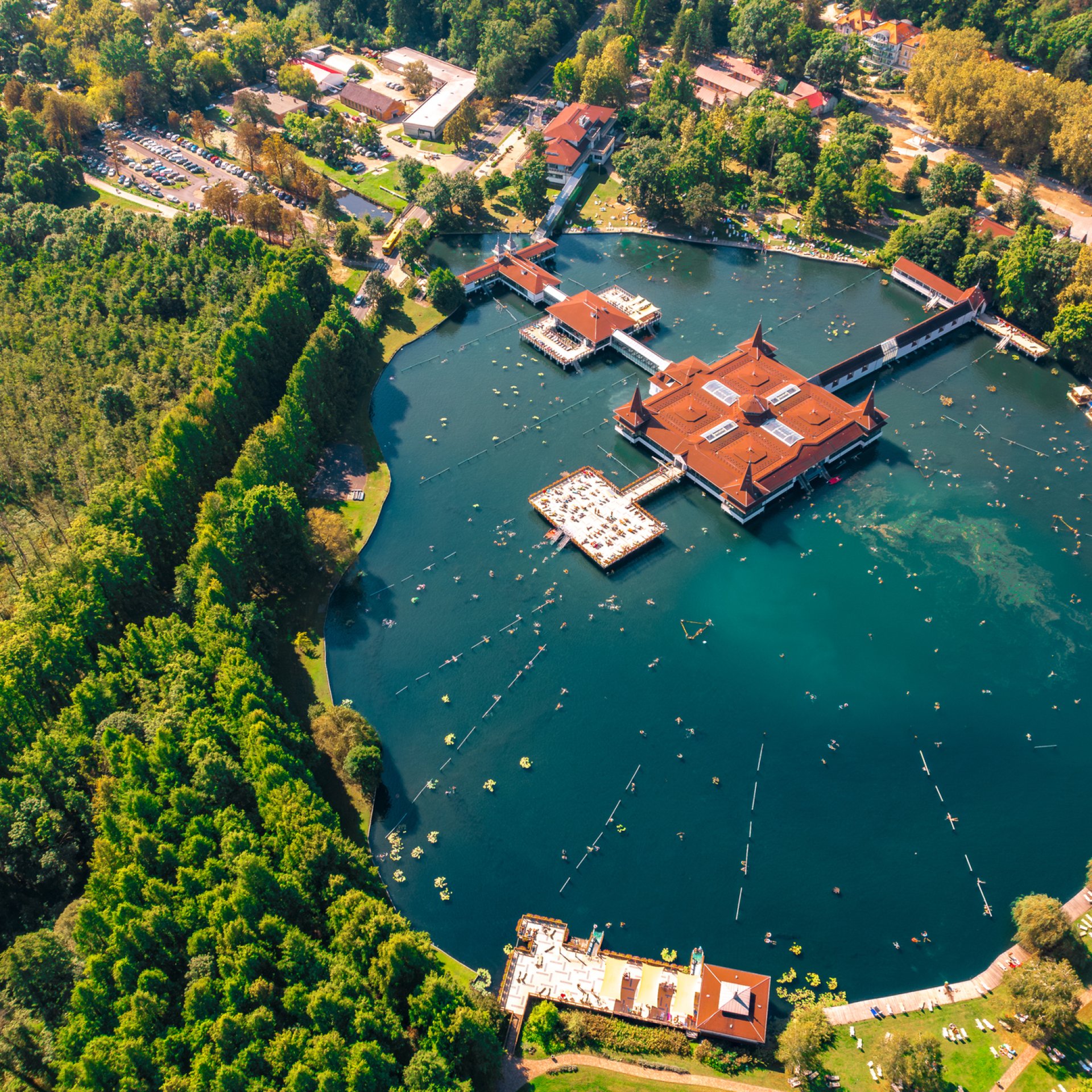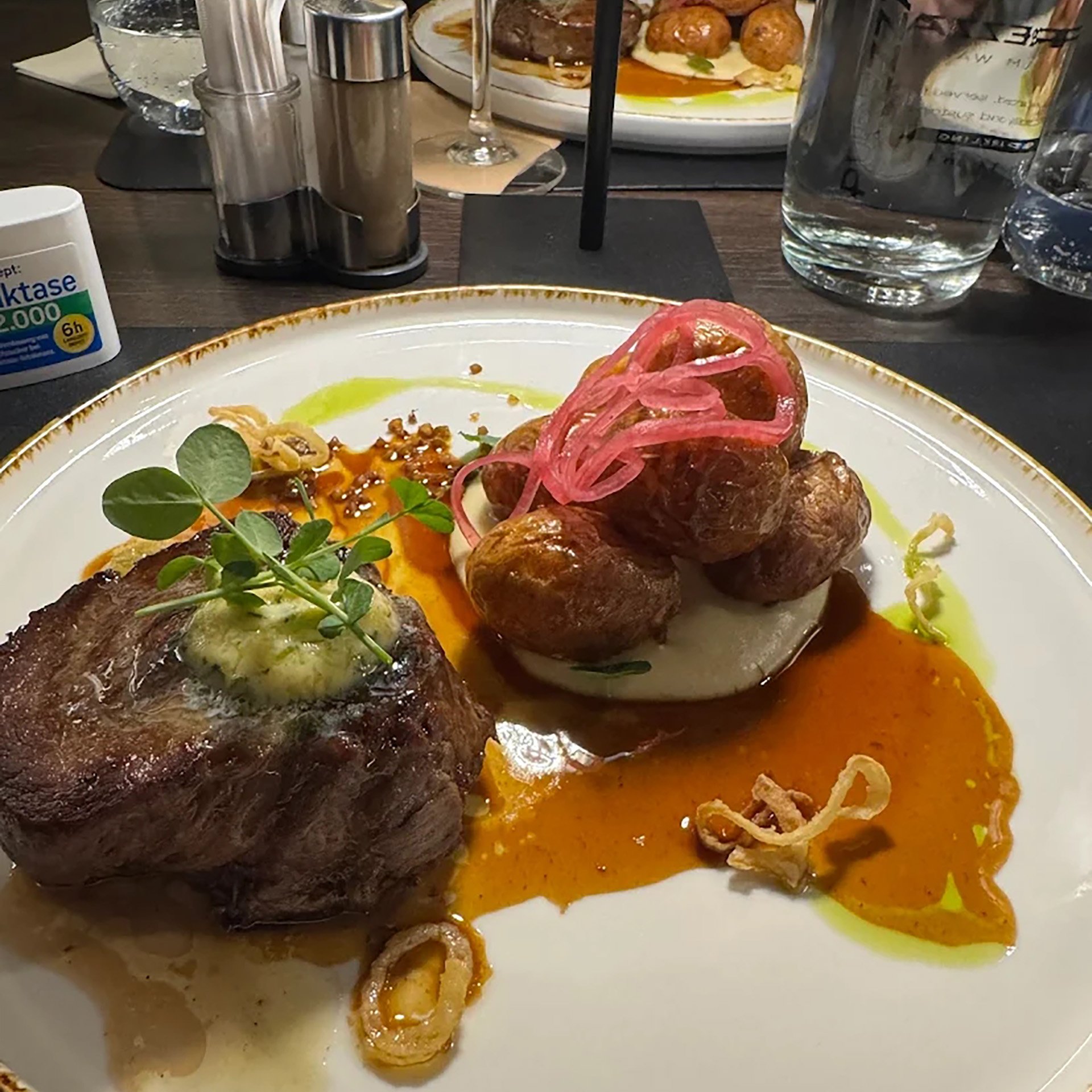History of Hévíz: 4 stories that will surprise you

1. Lake Hévíz has been healing since the Stone Age
The fascinating history of Lake Hévíz goes deep into the past, taking us all the way back to the Stone Age. According to archaeological finds, there was already a lively human activity around the lake 7500 years ago. These early inhabitants probably not only enjoyed the picturesque surroundings of the lake, but also recognized and took advantage of the healing power of water. Following traces of the Stone Age, relics of the Bronze and Iron Ages can also be found around the lake, testifying to the continuous habitability of the area.In Roman times, the lake continued to attract people who not only visited it in the hope of healing, but also carried out construction works on the lakeshore. Roman remains of buildings and altar stones of Jupiter have been unearthed around the lake, suggesting that the Romans were aware of the lake's benefits
2.György Festetics, savior of Hévíz
In the Middle Ages, the lake lost its fame and was forgotten for centuries. The marshland was overgrown with dense vegetation, and the healing power of the lake was forgotten by the inhabitants. In the 18th century the fate of Hévíz took a turn. Between 1795 and 1797, Count György Festetics bought the estate and recognized the potential of the lake. He decided to revive the lake's old glory and build a spa on the area. Count Festetics ordered swamp drainage, built roads and built bathhouses on the shore of the lake.The efforts of Count Festetics soon bore fruit. The popularity of the spa grew rapidly, and Hévíz soon became a popular holiday destination for the Hungarian aristocracy. In the 19th century, hotels and restaurants opened around the lake, and Hévíz developed into a real spa town.
3.The healing heroes of Hévíz: the heritage of spa doctors
In the "happy times of peace", Hévíz lived its heyday thanks to the famous spa doctors. Vilmos Schulhof founded a sanatorium and established the Zander Institute for the disabled. His brother Ödön excelled in diagnostics. Dr. Károly Moll gained fame by treating rheumatic patients. It was through their work that Hévíz became a legendary Mecca of healing.Did you know? Liget Royal Restaurant would like to revive these happy times of peace with its intimate, family-like restaurant, disguised in a modern guise.
4. The Winter Bath will be built: Hévíz healing all year round
Between 1964 and 1968, the country's most modern bath for 1,000 people, the Winter Bath, was built, eliminating the difficulties of winter bathing. In the modern bath, patients could receive complex medical treatment. The construction of the Winter Bath was a milestone in the history of Hévíz, the spa could be open all year round, increasing the number of people wishing to recover. The Winter Bath with its modern services and medicinal water still plays a prominent role in the life of the city's spa.Source: Endre Szántó: History of Hévíz (2008)





